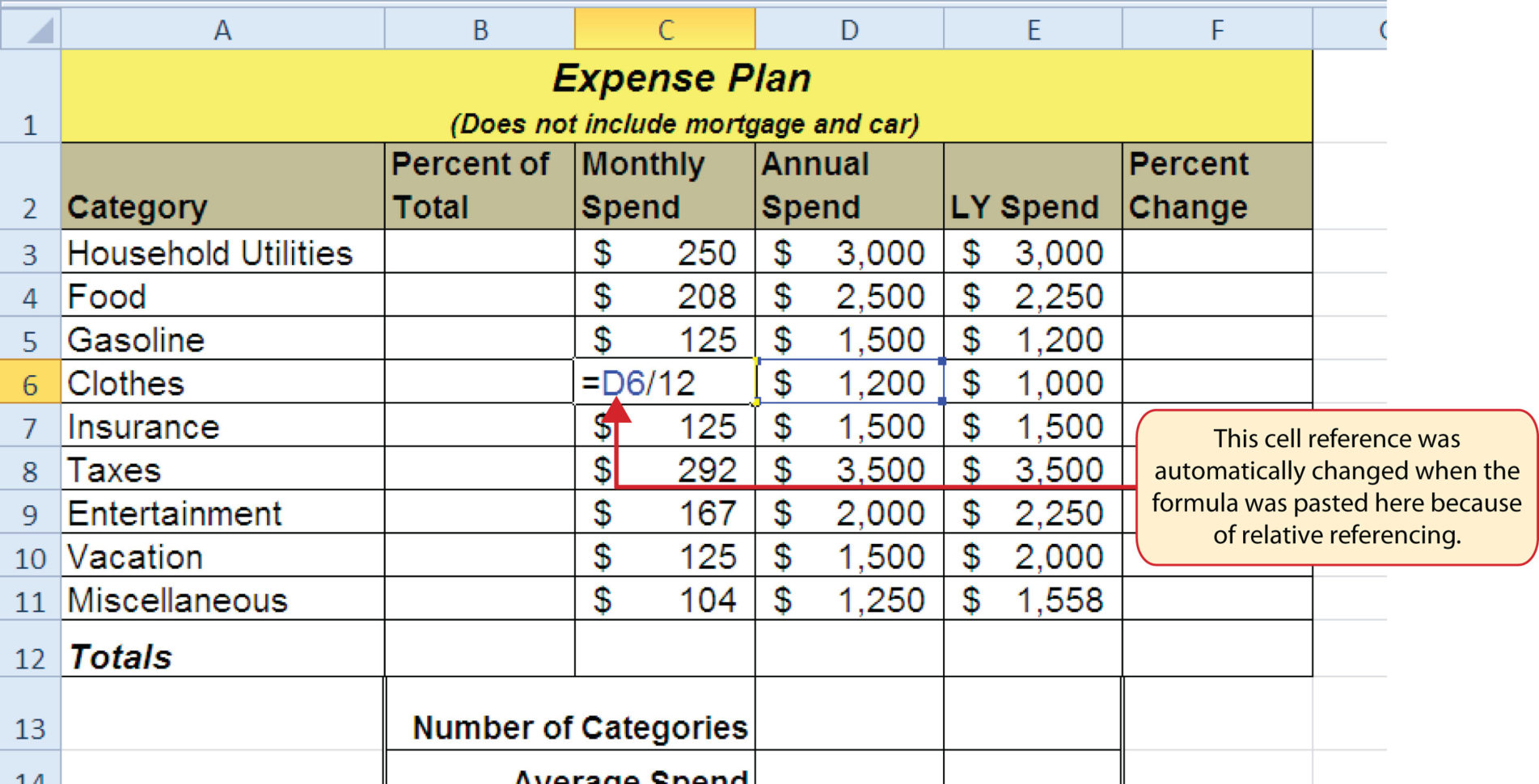

/GettyImages-931502252-1a04fb68be1d4404b2d6969a6fd20c4b.jpg)
Select a row with Shift + Spacebar / Select a column with Ctrl + Spacebar (PC & Mac)Manipulating rows and columns through the dropdown menus is a big waste of your precious time. Try F2 or Control + U and save yourself the headache. And often results in typing over the whole cell instead of making an edit. Edit within a cell using F2 (PC) or Control + U (Mac)Double-clicking into a cell to make changes is frustrating. Double click on the format painter button to change multiple cells at one time. It will copy the formatting of any cell you choose, and pressing it again while on the target cell will transfer the format.
To find this function, use the Paste > Paste Special menu, or get there with Ctrl+Alt+V. Using the Paste Values function allows you to just plug in the numbers you want, and leaves out any formulas, calculations, and formatting that might be attached to the original. Paste values with Ctrl + Alt + V (PC) or Control + Option + V (Mac)Dealing with changing formats in an Excel spreadsheet template that you use frequently (or that others have access to) can make you feel like you are on a hamster wheel of pasting, undoing, changing, and re-doing.
Use Excel For Accounting How To Quickly Navigate
Insert an AutoSum formula with Alt + = (PC) or Command + Shift + T (Mac)A fairly basic function, the AutoSum formula can save you a good chunk of time. Ctrl + Tab is a quick way to cycle through all tabs in a workbook. The more data you have, the more mindful you need to be of how to quickly navigate through it. Move from tab to tab with Ctrl + Tab (PC) or Option + Tab (Mac)Multi-tabbed worksheets can be powerful archives of information.
This isn’t necessarily Excel’s strength. Insert a line break within a cell with Alt + Enter (PC) or Option + Enter (Mac)Using data to communicate requires that you make your presentation of the data clear. If you have a list of days in column A and the totals in column B, this would do the trick: =COUNTIF(B1:B31,">5000"). Say you wanted to know how often your company’s daily sales total exceeds $5,000. This versatile formula can help you determine how often something is or isn’t happening. Apply the COUNTIF formula (PC & Mac)Dig into your data with the very useful =COUNTIF formula.



 0 kommentar(er)
0 kommentar(er)
